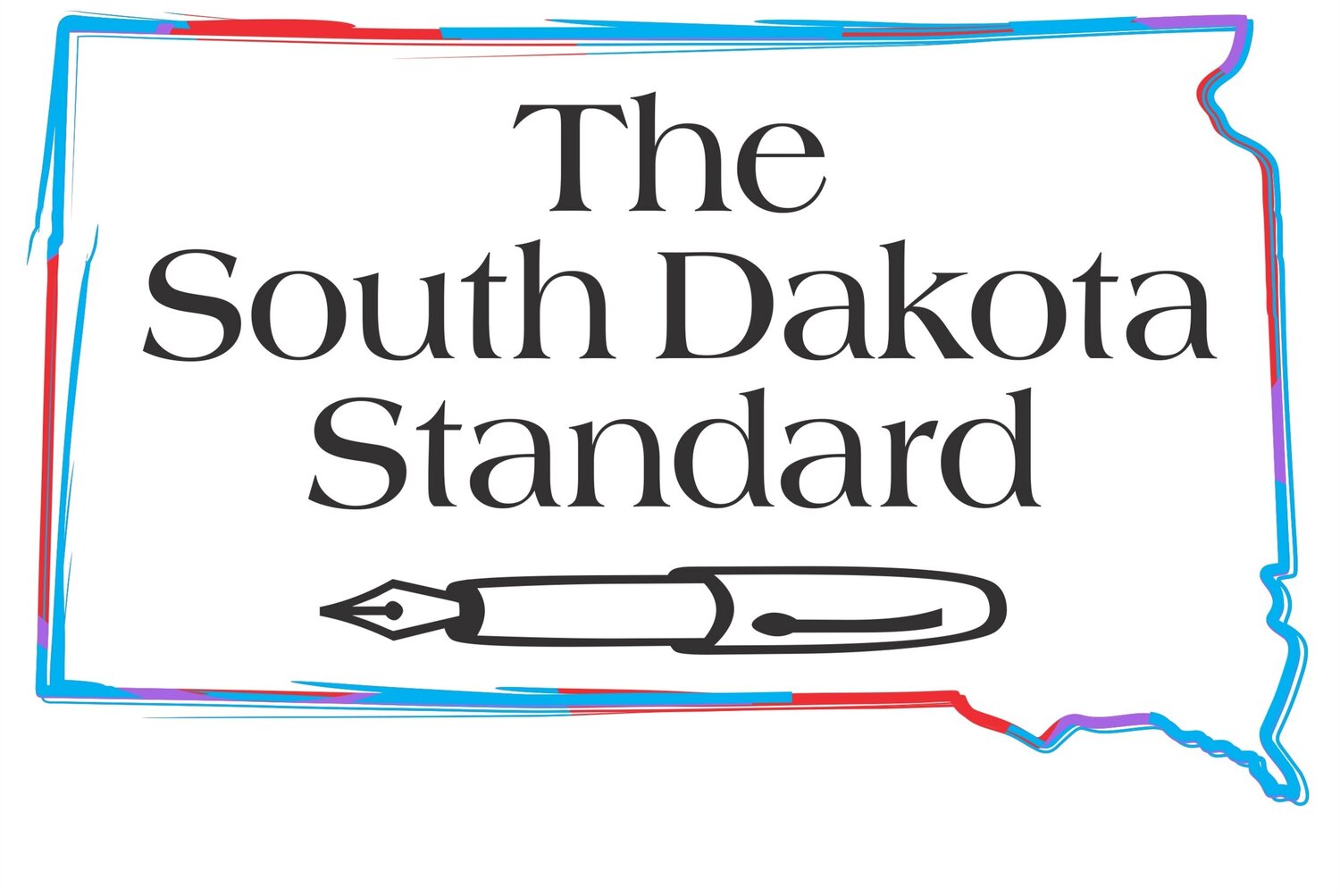Markets are way up, so here's what to do when markets hit record highs and your nerves start to wobble
Have you ever stood on a ladder, painting a wall or trimming a branch, and suddenly realized just how far down the ground is? Even if you know the ladder is steady, you may wobble for a moment. That’s what investing can feel like when markets reach new highs.
September was one of those moments. At the end of the month, the S&P 500’s trailing price/earnings ratio was around 30. This was elevated relative to long-run norms, though still below the extremes seen at other peaks.
Yet instead of falling, nearly every investment category delivered gains. Broad U.S. equities, as captured by the FT Wilshire 5000, ended the third quarter near a record high, reflecting continued positive returns across most asset classes. Large caps mirrored that strength, with the S&P 500 up about 13.7% year to date through September. The Nasdaq Composite rose roughly 17.3% year to date through September 30. International markets were strong as well. Developed markets, measured by the MSCI EAFE Index, were up about 21.1% year to date on a net-return basis, while emerging markets, tracked by the MSCI Emerging Markets Index, gained roughly 27.5% over the same period.
Still, there are reasons for caution. Inflation is edging higher, job growth has slowed, and the bond market remains inverted. Add in the government shutdown, and the signals are mixed at best. The U.S. economy’s rebound in the second quarter was stronger than first reported, yet some economists warn that as much as a third of the country may already be in recession while another third stagnates. Others caution that continued tariffs and trade disruptions could tip the economy toward contraction.
At times like this, our Internal Financial System™ comes alive. Inside us, different parts react to the same market in opposite ways. A risk-taking part may feel emboldened by the gains and want to buy more. Another part that is cautious remembers 2008 and urges us to sell everything before the inevitable fall. Both parts mean well; the risk-taker seeks opportunity while the worried part seeks safety. But if we let either one take over, we risk regret.
To avoid that takeover, when you feel that internal wobble, pause. Notice which part is speaking. Ask it to step back so your Self—the calm, clear, wise adult in the room—can take the lead. The Self knows that markets aren’t moral; they’re simply cyclical. It understands that fear and greed are natural human responses, not investment strategies.
In truth, downturns are not a matter of if but when. A recession will come. The market will correct. And history shows that long-term investors who stay invested through the full cycle tend to come out ahead.
If you have an attack of nerves while you’re on a ladder, neither scrambling down in a panic nor reaching recklessly higher will serve you well. The best approach is to plant your feet, steady your balance, and trust the structure beneath you.
The same applies for an attack of nerves triggered by a market high. Building a solid structure requires creating a financial plan anchored in your needs, your timeline, and your tolerance for risk. This includes keeping short-term funds in safe places and allowing the rest to ride through the inevitable ups and downs. You may want to revisit your allocation to confirm it still matches your goals and time horizon. Refill any depleted cash reserves. Automate contributions so your savings plan doesn’t wobble with alarming headlines.
If a risk-taker or fearful internal part starts shouting for control, thank them for their good intentions. Then remind them that good plans, like sturdy ladders, are built to withstand both overconfidence and fear.
Rick Kahler, CFP, is a fee-only financial planner and financial therapist with a nationwide practice, Kahler Financial Group, based in Rapid City. His co-authored books include Coupleship Inc. and The Financial Wisdom of Ebenezer Scrooge.
Photo: public domain, wikimedia commons
The South Dakota Standard is offered freely and is supported by our readers. We have no political or commercial sponsorship. If you'd like to help us continue our mission to advance independent political and social commentary, you can do so by clicking on the "Donate" button that's on the sidebar to your right.






